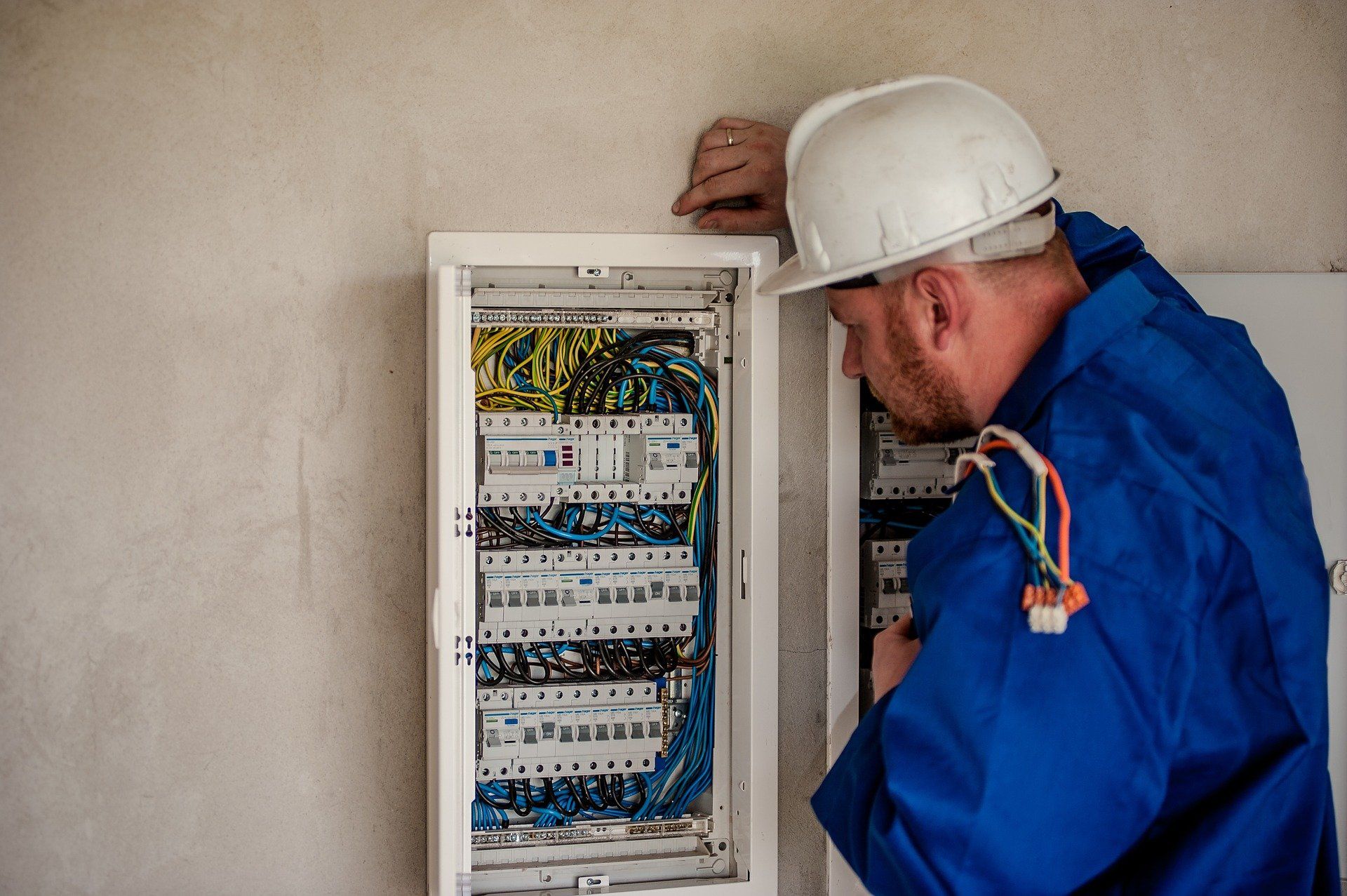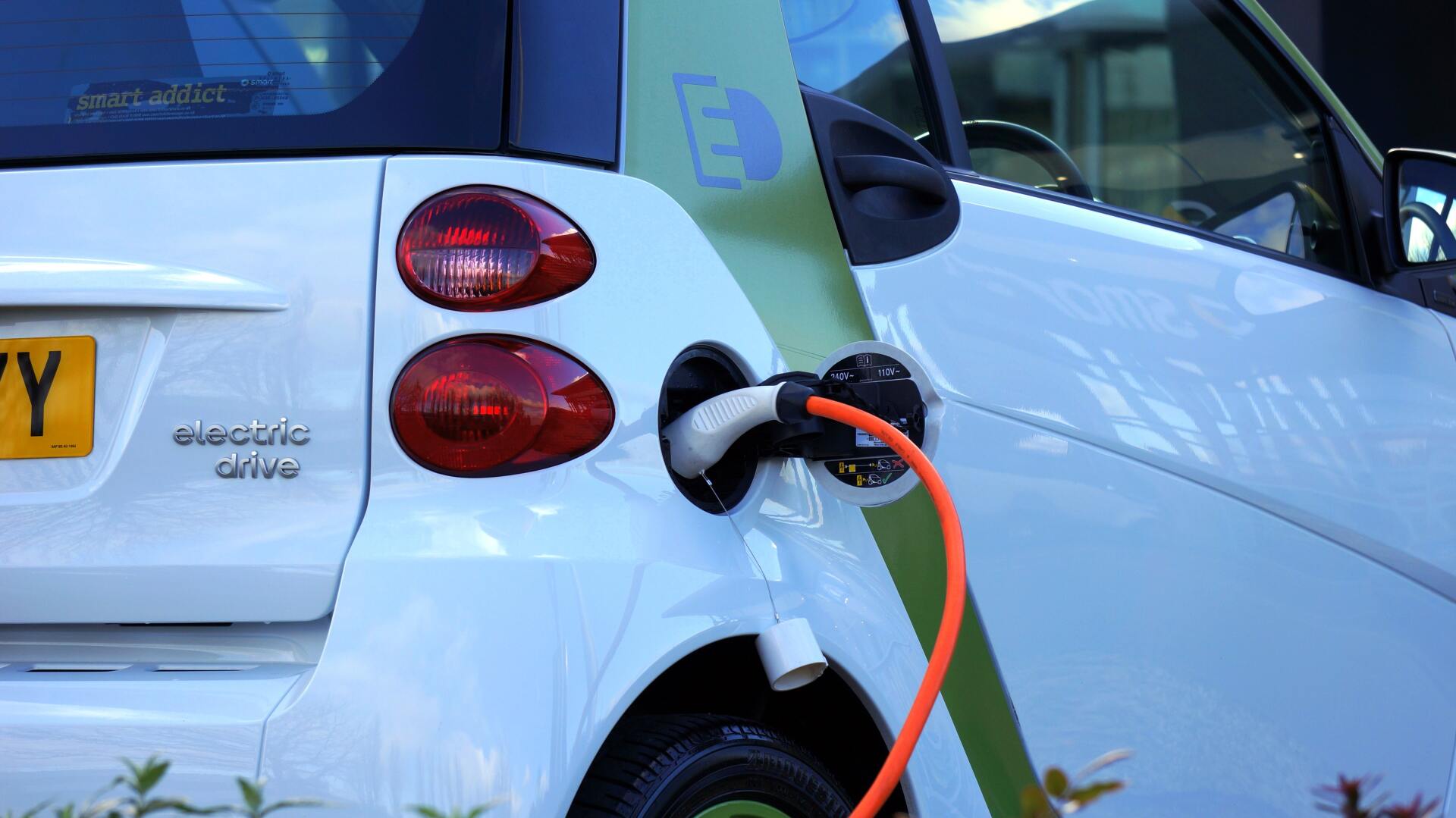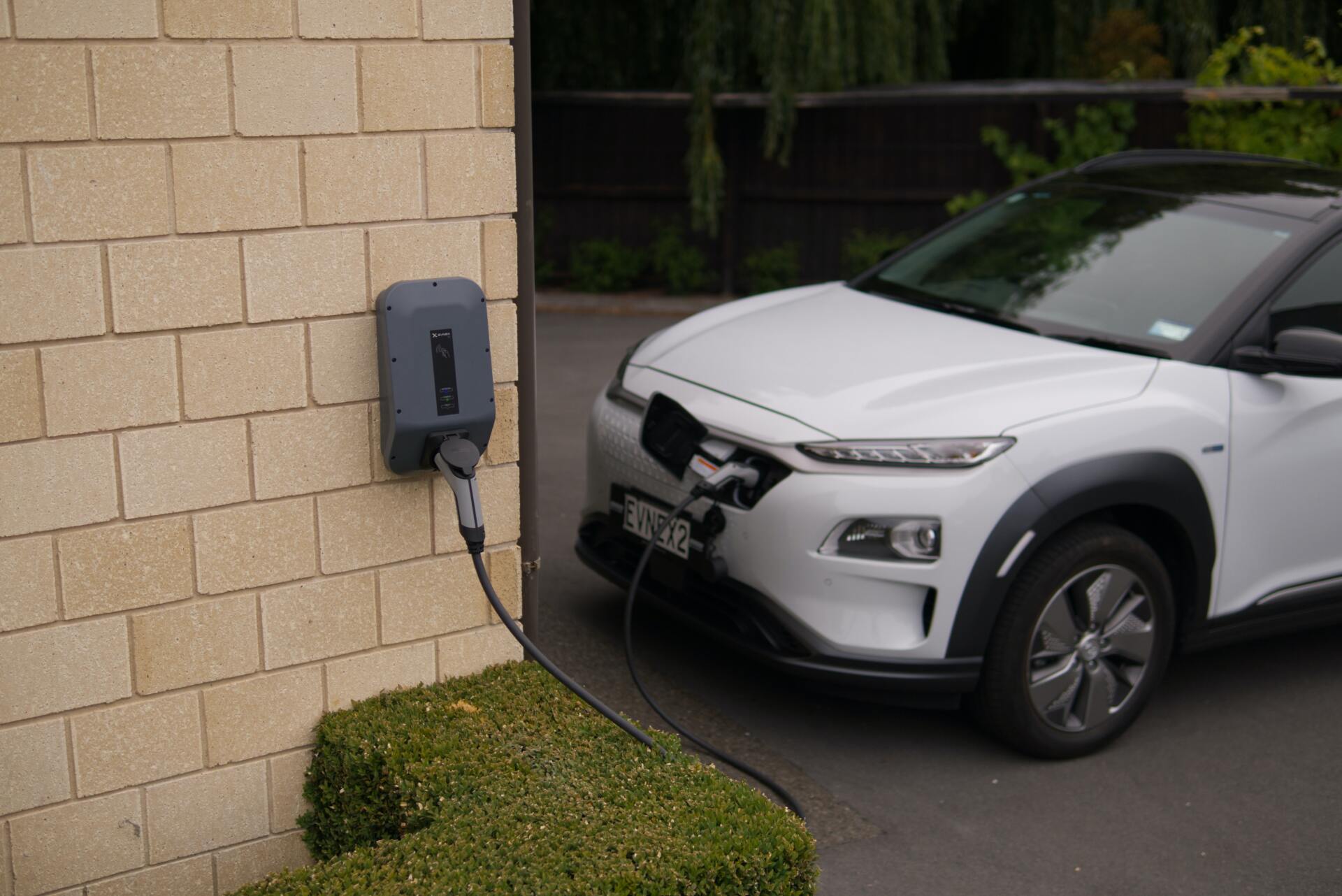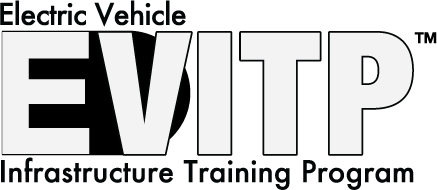Installing an Electric Vehicle Charging Station in Your Home
It's a dream scenario. You're ready to say goodbye to gas, and you've picked out the electric vehicle of your dreams. Before you place the deposit or drive off the lot, there's another thing you need to do. You need to learn about electric vehicle charger installation.
Vehicle Information
Before you get started with your installation, you should learn a bit about how to charge your electric vehicle. There are now over one hundred different electric vehicles on the market, and you need to make sure that the charging system you choose suits your vehicle.
Charging Levels
There are three charging levels for electric vehicles. The level determines how fast your car charges. All electric vehicles are equipped with Level 1 charging. This is a 120-volt charger that plugs into a regular wall outlet. This is the slowest option but works for some people. Consumer Reports has said that if your commute is less than 40 or 50 miles, you can recharge your vehicle overnight.
Level 1 charging is not an option for everyone. Those that drive more than 50 miles a day or have a long commute need faster charging. This means you should look into a Level 2 charger. For this type, you'll need to purchase special equipment and have a dedicated 240-volt outlet. With a Level 2 charger, you can recharge your vehicle much more quickly. Some vehicles will be fully charged within a couple of hours.
High-powered Level 3 chargers are not usually made for home use. These public chargers can add 10-20 miles of range per minute to your battery. They are also known as fast chargers. Some of these public chargers are free, but many have a fee. Don't worry; it still usually costs less than the cost of gas.
Charger Connection Port
For the most part, electric vehicle chargers are interchangeable. Tesla vehicles have proprietary chargers that you need to purchase through them directly. The charger you choose needs to fit your vehicle. It should include the safety features you need to protect your home. Think about other features like cord length and luxuries like Bluetooth connectivity.
Home Information
Now, you know what kind of charger your electric vehicle requires. You know what type of charger you'd like to install. You'll also need to learn some information about your home. You'll need to know the total draw on your home's electrical circuit and the desired location of your electric vehicle charger.
Your Home's Electrical Load
One thing you need to calculate is the electrical load in your home. The electrical load is the total amount of electricity your home uses to power everything in it. Small appliances and lights generally don't draw much power. Large appliances are the highest energy draws.
Certain appliances draw more power than others. Appliances that control climate draw a significant amount of power. These include furnaces and air conditioners. Electrical devices that create heat, like electric ovens or clothes dryers, are also high-energy users.
Outdoor appliances can have a high electrical draw as well. These can be easy to forget, but they all exist on the same electrical panel. Think about pools or hot tubs that also have a heavy draw on your electrical load.
Solar panels may help increase the total amount of electrical capacity available. It's important to share all of this information with your electrician so they can measure your home's electrical load.
Take a look at your home's electrical panel to learn even more. This is a utility box in your home that contains the breakers for all of your appliances. Your electrician will need to look at your electrical panel to make sure your home can support a new 240-volt outlet.
Before you install an electric vehicle charger, you need to know the total electrical draw on your home. An electrician can help you identify the total electrical load and make sure that you don't overload your electrical system.
Charger Installation Location
For many, the ideal location to install their electric vehicle charger is inside their garage. This is a great choice as long as the garage can support the 240-volt outlet. Others may not have a garage available, but this does not need to be a limitation.
Some outdoor chargers are weatherproof. This is a perfect solution for those that cannot install a charger inside their garage. You'll need to work with an electrician to ensure your new outlet is weatherproof and safe. An electrician can also recommend the best location for a charger based on how you park your car.
Electric Vehicle Charger Installation Near You
Buying an electric vehicle is an exciting purchase. You don't need to get hung up on the details of installing a charging station in your home. Working with an electrical company like Vine Electric can save you a lot of time and confusion when upgrading your electrical charging system.












